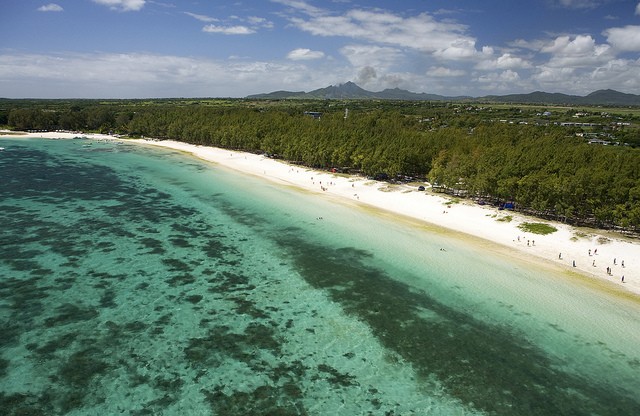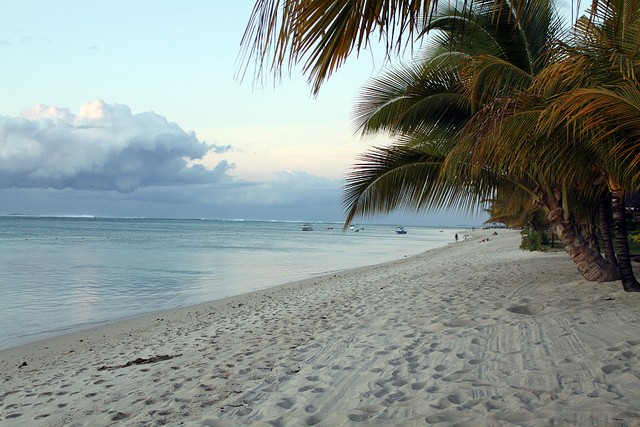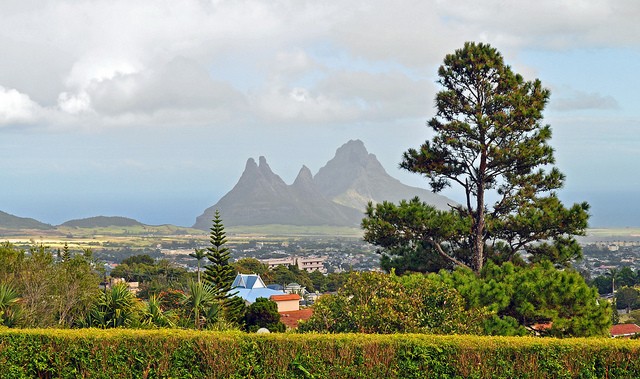 the Travel Enthusiast
the Travel Enthusiast
- 12 May
Adam in Amazing Places | NO COMMENTSThe Magnificent Mauritius
Mauritius is probably Africa’s most prosperous nation. The sovereign island is an outstanding tourist spot due to its vast jungles and exceptional beaches.
Port Louis is the capital city of Mauritius. Other important cities are Beau Bassin- Rose Hill, Vacoas-Phoenix, Curepipe, Goodlands, Bel Air and St Pierre.
English and French are the two official languages of Mauritius because the island was both under British and French rule. Despite that, the country is multilingual. Every citizen speaks English and French fluently.
Mauritius is famous for its excellent landscapes, in fact the entire island is a popular destination because of its beaches, resorts, mountains, forests and other landscapes.
The Le Morne cultural landscape with its jungles, mountains is a trademark of Mauritius.
Another important destination is the district of Aapravasi Ghat in the capital of Mauritius, Port Louis which is recognized as a heritage site by UNESCO.
The climate of the country is maritime tropical and trade winds blow the entire island making the temperatures pleasant. High humidity occurs in the raining season between December and April.
The country faces issues like cyclones which usually cause high damages in buildings and infrastructure.
The country as mentioned before has an appealing topography.
The island is completely surrounded by coral reefs, lagoons and coral sand beaches.
It is also known for having many rivers and waterfalls.
The environment of Mauritius is highly protected by the administration, although it does suffer from degradation of corals and water pollution.
The infrastructure and transportation of the country is one of a kind. 99% of the roads are modern and well paved. Port Louis is the only harbor of the island which also serves as commercial port.
The international airport (Sir Seewoosagur Ramgoolam) of the country lies 50 km from Port Louis.
Mauritius’s vegetation is dense and miscellaneous, known for its tea and sugar cane plantations.
The country is also famous for its widespread ebony forests.
Most of the forests have been declared as natural reserves which are well protected by the government.
Trees like Jacaranda, African Tulip, Flametree and others are common in Mauritius. Eucalyptus and Conifers are also frequent in the island although they were planted. Despite its rich flora, many of them have disappeared in time but over 10.000 type of plants still prevailed.
The wildlife is well preserved and there are about 10 indigenous known birds living on the island.
Other important species are Javanese deer, the Rodrigues and Mauritius fruit bat, about 10 types of lizards, 2.000 of insects and butterflies and diverse marine fauna which the country is famous.
- Flights
- Hotels
- Packages
- Cars
- Cruises
travel search by Travelgrove (get this widget)The population density of Mauritius is 608 per square km and the population of the country is around 1.300.000 souls. 70% are Indian descents while the rest of 30% are mostly European (mainly French and English), Creole and Asians.
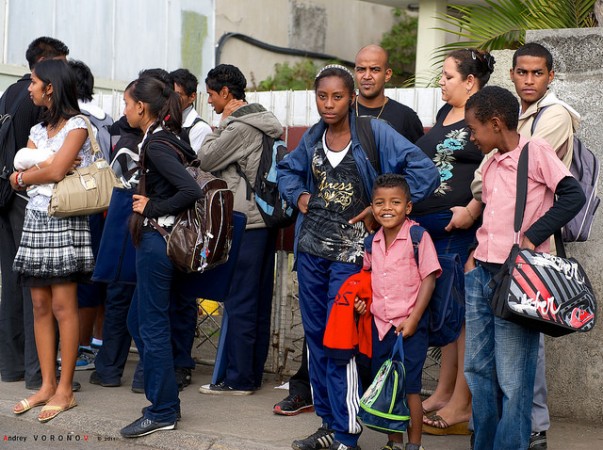
Citizens in Port Louis, Mauritius. Mauritius is well known for its cultural and population diversity ©Andrey Voronov/flickr
Mauritius is a religiously diverse country and freedom of religion is granted and protected.
Hinduism(54%), Christianity(33%) and Islam(13%) are the most common but other religions such as Buddhism, Taoism and Confucianism are also present on the island.
In spite of the country’s size, many hospitals are active and well equipped. Mauritius, being a developed country also means that it has a developed health care system. Mauritians can enjoy free health care in public sectors. Malaria was completely eliminated and AIDS/HIV among people are very rare.
Immigration and customs in the country are strict. Some plants and food types are prohibited. Almost every country’s citizens needs to apply a visa to enter in Mauritius.
Traveling in the country is easy and safe thanks to its advanced infrastructure and transportation. Being a former British colony, drives on the left.
Even if the population is healthy and does not faces major diseases like most African nations, the “travel health” of the country still recommends precautionary measure against
- hepatitis A and B,
- dengue fever
- bilharzia
before entering the island.
The Brief History of Mauritius
Since the island was uninhabited until the 16th century when the Dutch fleet arrived, it is unknown if there were any settlers before them.
The island was discovered in 1598 by Admiral Wybrand Van Warwyck. Between 1638 and 1710 the Dutch were present on the island. The colonization itself took place 1715 when the French conquered the island and ruled until 1810 when the British took Mauritius. During the French occupation many slaves were traded by the East India Company ,mainly from Mozambique and Madagascar.
From 1810 Great Britain took possession of Mauritius from the French during the Anglo-French war.
Slavery was abolished in 1834 and the British brought many Indian workers to expand the sugar industry. During that time many Chinese traders also joined the island.
Because of the countries constant immigration, the population increased until the end of the 19th century and early 20th century. From 1810 to 1903, Seychelles and Mauritius were considered as a single colony.
The first independence movement started in the 1940’s when the people of Mauritius wished full political power. A democratic self government followed, the first legislative council being established in 1948
Mauritius had became officially independent from the British in 1968 and joined the Commonwealth of Nations. However, political negotiations for autonomy were held before 1968 by Sir Seewoosagur Ramgoolam, who played a vital role for Mauritius’s independence. He was also responsible for shaping modern day Mauritius. Serving as the first prime minister of the country, he established the good foreign policy of the country, the health care system, free universal education and others. He is known by Mauritians as the “Father of the Nation” and the international airport of the island was named after him.
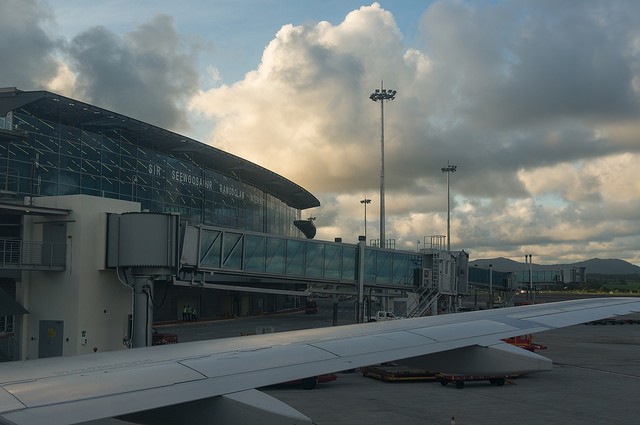
The international airport of the island, which is very developed and was named after SirSeewoosagur Ramgoolam ©Sebastian Kippe/flickr
Today,Mauritius enjoys high standards of living thanks to the political legacy of Sir Seewoosagur Ramgoolam.
The country is praised by international standards for both of its political and economic freedom. It is a popular tourist destination which is worth a visit because of its unique fauna and flora and also for its beaches and developed resorts.
